5 Dec 2017
0 CommentsCanada – A Nation Built by (Extra) Ordinary People
 In a previous post, I spoke about my involvement with Canada 150 and also the Canada C3 signature project. The latter is an epic journey divided into 15 “Legs”, on a former Canadian Coast Guard Ice Breaker vessel (the MV Polar Prince, ca 1958) refitted to sail from coast to coast to coast for 150 days, and provide an ideal platform for connections and conversations. As a participant, I can only say I was profoundly changed, inspired, enlightened and mobilized by my time.
In a previous post, I spoke about my involvement with Canada 150 and also the Canada C3 signature project. The latter is an epic journey divided into 15 “Legs”, on a former Canadian Coast Guard Ice Breaker vessel (the MV Polar Prince, ca 1958) refitted to sail from coast to coast to coast for 150 days, and provide an ideal platform for connections and conversations. As a participant, I can only say I was profoundly changed, inspired, enlightened and mobilized by my time.
At our 150th birthday in 2017, Canada is at a crossroads as it strives to outgrow its colonial past, to find its rôle and place in a new world order and to respond to the recent Truth and Reconciliation Commission Report on the mis-treatment of our Indigenous Peoples in Residential Schools.
Compared to the celebration of our history that was the focus of Canada’s Centennial in 1967, Canada C3 responded directly to such challenges and sought to contribute to a new sense of nation building in our country. The ambitious goal was to engage over 20 million Canadians and contribute to a Legacy for our nation as it looks forward to our bicentennial in 2067 and beyond.
Accordingly, the key themes for Canada C3 were crafted to help in this nation building:
- Reconciliation with our Indigenous People, namely First Nations, Métis and Inuit.
- Environment: and in particular the challenges of climate change as well as specific challenges facing our coastline and northern regions. A little known fact is that Canada has the longest coastline of any country in the world. Issues include species loss, micro plastics in our oceans, effects of higher sea levels and much more. See my post here: “Environmental Awakening Fusing of Science, The Arts and Sea Ice”
- Diversity and Inclusion: Canada’s cultural mosaic includes people from all over the world which is a reflection of Canada’s admirable openness and welcoming nature. Although we have always been a country of newcomers. our society still has a way to go to be completely inclusive to: visible minorities, women, LGBT and those with disabilities.
- Youth Engagement: As a baby boomer who was a teenager in 1967, I feel that my generation has proactively shaped the Canada we know today. Our generation has achieved much that is good but there are many areas to address. This is always a work in progress. Similarly, today’s youth must lead our quest for the Canada of 2067 and Canada C3 provided a great vehicle from them to learn,
share, contribute and ultimately act to help us build a future civil society that is just and open.
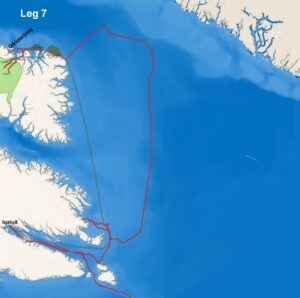
To illustrate this, the ship had about 60 people onboard at any one time, as follows:
- 14 crew – from the amazing Captain Stephan Guy who also made the best bread I’ve had in a long time, and a group of hard working marine experts who worked hard 24/7 to ensure we progressed safely and on time,
- 20 staff – The staff was led by the world’s most innovative outdoor educator, Geoff Green, CM, expedition leader. The staff complement included onboard scientists conducting 25 experiments along the coast of Canada, Zodiac drivers and interpreters; bear guard[ians]; hospitality and cooking; onboard physician; and a Hollywood grade “comms” team of six (2 nationally leading photographers, a videographer, a drone operator and two prolific video and content editors who seemed to work around the clock), and
- 24 participants, for each of the 15 Legs or 360 for the entire expedition, selected in myriad ways, from invitation, partnership and application, including:
- journalists from across Canada
- a chef – each leg had one chef, part of Food Day Canada that celebrates food and food sustainability across Canada from coast to coast to coast
- a visual artist, one per leg, chosen by a Canada Council adjudicated jury
- a writer – ours was an Order of Canada poet who is a national treasure
- a musician
- educators – who could take the conversations back to our schools
- indigenous people – Leg 7 had 2 Inuit leaders and a youth ambassador from our First Nations
- youth ambassadors – we had 3 young people, already showing tremendous leadership and passion. I believe that, at their young age, this journey will be most transformational for them,
- partners, including from Canada Council, Apathy is Boring, etc
- business people,
- and many, many more.
Through my posts, pictures, and videos, you will meet some of the above people, but my focus for this post will be in the communities we visited on our journey. Since it was impossible for each and every Canadian to participate, I hope these posts can help people share and savour even a small portion of what I experienced.
While the backdrop of our journey, the east coast of Baffin Island, represents some of the most spectacular scenery on our planet, it only provided the context for our discussions and learning. Make no mistake, for those who are connoisseurs of art from the Arctic, the sense of lighting and colours seems alien to our more southern eyes, yet addictively beautiful. Compare the colours and textures of the iconic Inuit Artist Jessie Ooonark, Group of Seven member Lawren Harris, and a Brit bewitched by the north Ted Harrison to the real thing:
In posts that will follow, I will focus more on the people onboardCanada C3. For this post, I thought I’d talk about people encounters in the two main communities we visited, first Iqaluit, and our terminus in Qikiqtarjuaq.
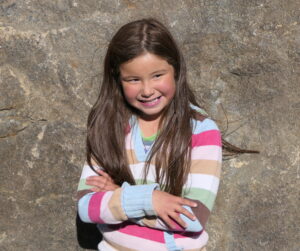
Our first activity as a group was lunch and a hike in Sylvia Grinnel Territorial Park, which introduced us to the unique foliage north of the tree line. The park also contains archaeological sites of the ancient Dorset and Thule peoples. While there, we met a very engaging young Inuk named Jenna, shown here hamming it up for the camera. She was with her family fishing near Sylvia Grinnel Falls.
I was chatting with fellow participant, Lorna Crozier, when Jenna approached us and offered to sing a song
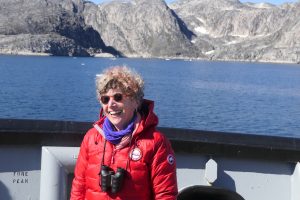
I soon learned that this friendly engagement, even with strangers, is a common part of Inuit culture. When, expecting to learn about some local singer celebrity, I asked her what her favourite singer was, perhaps I shouldn’t have been surprised that she answered “Katie Perry”.
Later our group toured the Nunatta Sunakkutaangit Museum, in the former Hudson’s Bay Company store, travelling there by our trusty yellow school bus.
There I saw a man whole seemed interested in our group, so I stopped and chatted with him. The video below explains why the talented artist was in Iqaluit. Jenna, riding her bike, was in the background of this interview, but got removed in editing. Charlie “C5” Johnston was definitely worth interviewing and, was it synchronicity for a person who brands himself “C5” to meet and interact with the “C3” group?
Later in Iqaluit, we got to meet many local people, including the scientists at Nunavut Research Institute, local artists, and kayak building at the local high school.
Days later, at the end of Leg 7 in Qikiqtarjuaq, most of our group climbed the hill overlooking the hamlet and the Canada C3 vessel, and we had a number of amazing encounters.
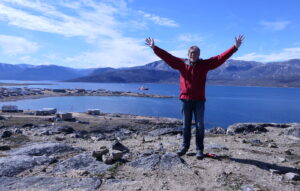
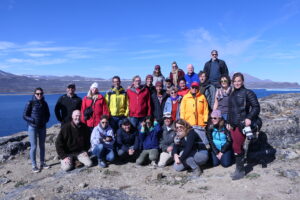
Initially I was surprised that the girl, shown above with her sister, had such a pro camera. Later, I learned that a journal and fellow participant Caroline G Murphy, had sportingly lent her camera. For more background on this budding young photographer, read Caroline’s article in Le Journal de Montréal J’ai Prêté ma Caméra a une Jeune Inuite de 9 Ans …

And, for those unable to read in French, our discussions on Diversity and Inclusion did encompass the original “Two Solitudes” in Canada, namely French and English. While Google can do a great job translating the article, the photos with the eye of a precocious 9 year old totally transcend traditional cultural divides.
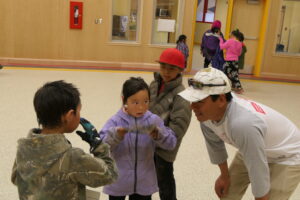
Our final community encounter during Leg 7 was at a ceremony in Qikiqtarjuaq where we gave hockey sticks to the local children, who seem to have a passion for hockey that transcends even southern Canada’s hockey crazy intensity. Leading the presentation was Jim Kyte, fellow participant and the first legally deaf NHL hockey player. Jim is an inspirational leader I was happy to get to know who has overcome challenges that most would shy away from. Today he serves as Dean of the School of Hospitality and Tourism at Algonquin College in Ottawa.
Jim was joined by last minute participant, David Lawson, an Inuk leader who just resigned after 15 years serving his community in the RCMP. I am sure we will hear much more from David who just started a law degree in order to better advocate for his people. For example, he is Board President of Embrace Life Council, an Iqaluit-based suicide prevention organization. In a separate post, I will write more about my journey of learning about the Inuit people and their journey to become a vital part of the fabric of our Canadian nation.
Canada C3 made for some wonderful encounters and conversations. I can only wish that every Canadian was able to share my experiences with the wonderful diversity that is Canada. Even I took a long time to process this life changing experience. In the end, I had my understanding of my own country transformed both by the special world that is Canada’s Arctic regions, but even more so by people who now have a life long bond that will lead to action. These conversations were far from superficial and already, many of us are taking action. As we enter 2018, you will start to learn more about the Canada C3 Legacy Programs which will keep the torch of this remarkable nation building alive and further spreading that light in the form of action and education.

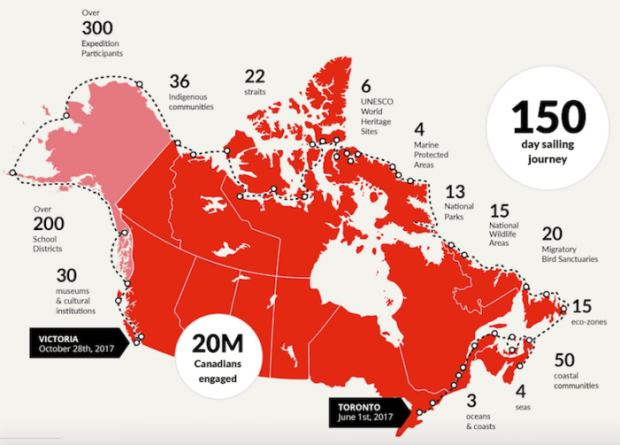
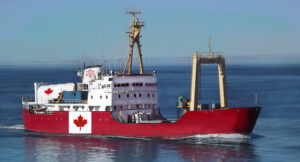


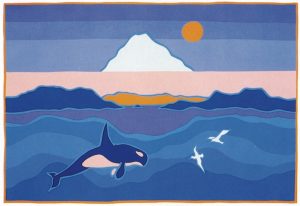
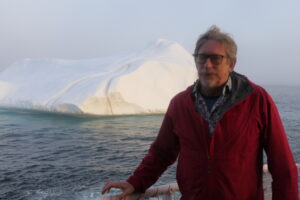
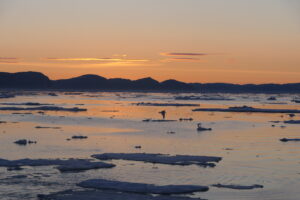
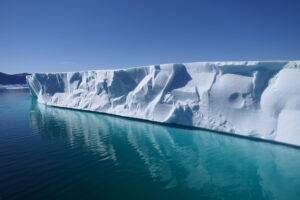
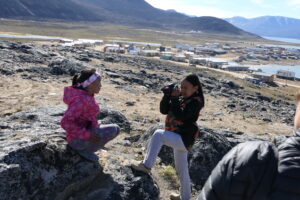
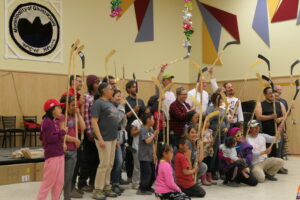
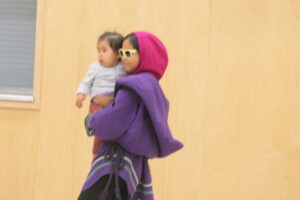
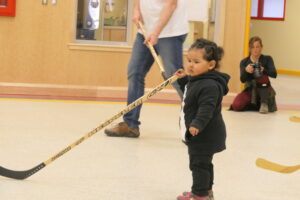
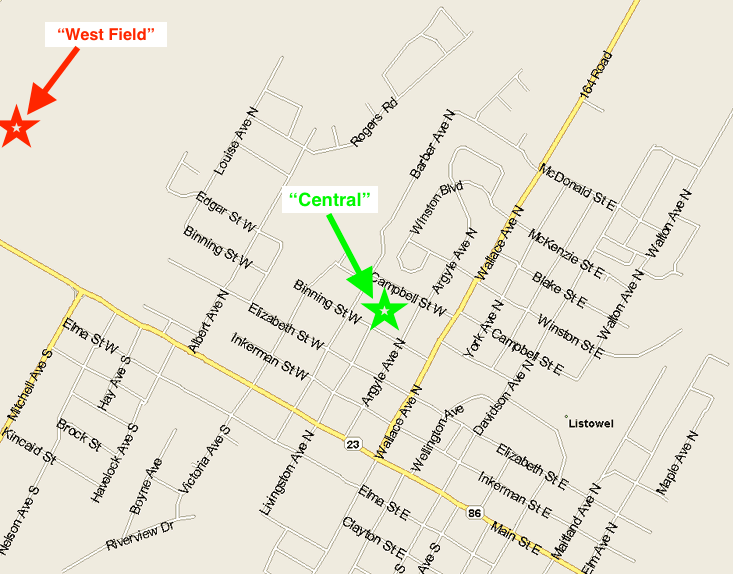

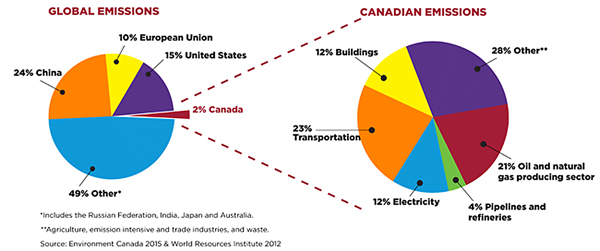

 Bill Gates, partly at the instigation of Warren Buffet who added his personal fortune to that of Gates, left Microsoft, the company he built, to dedicate his life to innovative solutions to large world issues such as global health and world literacy through the
Bill Gates, partly at the instigation of Warren Buffet who added his personal fortune to that of Gates, left Microsoft, the company he built, to dedicate his life to innovative solutions to large world issues such as global health and world literacy through the  Started by Paul Brainerd, Seattle-based
Started by Paul Brainerd, Seattle-based  Jeffrey Skoll, a Canadian-born billionaire living in Los Angeles and an early employee of
Jeffrey Skoll, a Canadian-born billionaire living in Los Angeles and an early employee of 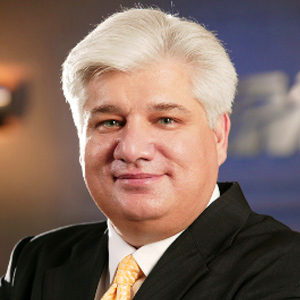 Waterloo’s own Mike Lazaridis aims to transform our understanding of the universe itself by investing hundreds of millions of dollars into
Waterloo’s own Mike Lazaridis aims to transform our understanding of the universe itself by investing hundreds of millions of dollars into 
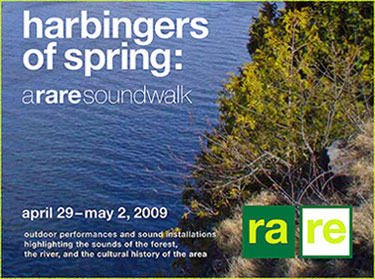 In closing, kudos to the organizers for their sense of promoting the power of partnership in the arts. Just like in for profit businesses, this kind of pairing can build a powerful gestalt where the sum is greater thant the parts.
In closing, kudos to the organizers for their sense of promoting the power of partnership in the arts. Just like in for profit businesses, this kind of pairing can build a powerful gestalt where the sum is greater thant the parts.
 Proper Economic Stimulus Can Lead To …
Proper Economic Stimulus Can Lead To …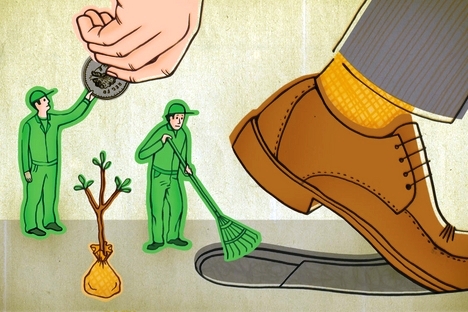 Significant Carbon Reduction
Significant Carbon Reduction


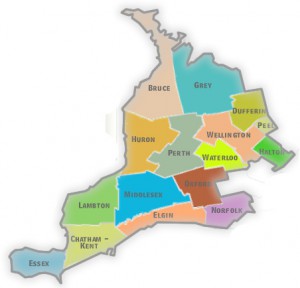
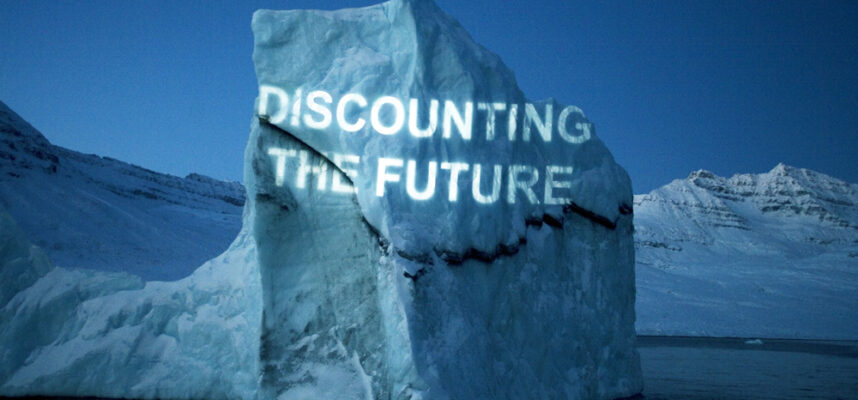
7 Oct 2021
0 CommentsTop 10 Ways to Slim Personal Consumption
When all of our personal consumption is added up, that segment may well be the largest single part of our personal carbon footprint. [In A Personal Carbon Reduction Plan, I tried to help individuals segment to ease the path to reducing personal carbon footprint.]. While there are many other components of personal consumption, especially our dietary choices, this focus are all areas where individuals can take action.
The old adage “Reduce, Reuse, Recycle” is still potent, and in that order. Our society has become so obsessed with <em>creeping consumerism</em> that it often obscures the cost to our planet. Reducing consumption is often about:
It is important to remember that excess packaging, which almost always involves huge amounts of single use plastics.
1. Bottled Water
A 21st Century paradox, is that people feel compelled to choose bottled water when ordinary tap water is almost always safer and healthier. Bottled water often has additives like fluoride and sodium. Even worse, a litre of bottled water contains over 10 particles of microplastic on average.
Polyethylene terephthalate (PET or PETE), the plastic used in drinks bottles makes up over 10% of all plastic production and represents a huge consumption of fossil fuels. And, we are unsustainably extracting water from finite aquifers setting the stage for future water shortages. If that weren’t bad enough, we are causing this plastic waste to pollute the farthest reaches of earth and the deepest oceans.
So, skip the purchase of that wasteful water, and drink from the tap whether at home or dining out. Nothing could be simpler. To do otherwise is an assault on the earth we call home.
2. Disposable Shopping Bags
In the US, consumers use 100 billion single use plastic bags, that require 12 million barrels of oil to manufacture, each and every year. A mere 14 bags consume the same oil required to drive one mile. Couple that with the toxic chemicals in the bags, and that they take 1000 years to break down, make them a wasteful indulgence we must curtail.
Although paper bags might seem the right alternative, they take 4 times as much energy per bag to produce.
Thus, the answer is reusable bags or ‘green bins’ for shopping. I’ve been using such reusable bags, since I bought my first cotton bag from Greenpeace in San Francisco in the 1980s.
3. Disposable Coffee Cups
Consider the 50 billion single use coffee cups thrown away in the US alone, and the 5 billion in Canada. Often described as a mountain of waste, that perhaps understates the scale.
What is more, almost all cannot be recycled, involve single use plastics (both the lid and embedded in the cup) and hence use loads of fossil fuels as part of our carbon footprint.
The solution is simple. No one is asking consumers to Reduce, or drink less coffee! However, the Reuse options are simple:
4. Disposable Coffee Pods
‘K-cups’ are expensive and bad for the Earth and your health. How did such expensive items become so popular? We are all susceptible to clever marketing, coupled with perceived convenience.
Earlier, I suggested one remedy to all those Disposable Take Out Coffee Cups was to make coffee at home. K-cups have made home coffee production wasteful as well.
There are many alternatives, from the timeless way people have been making coffee for decades without all the excess packaging, to biodegradable pods. A little research will find a way to lower this part of your personal footprint.
5. Overpackaged Take Out Food
TV shows like Big Bang Theory made take out food cool for Millennials. Personally, the lifestyle has always seemed unduly wasteful, with the COVID-19 pandemic rapidly accelerating this takeout and delivery trend. In terms of personal carbon footprint, take out meals consume 4.5 times the carbon of the alternatives.
This footprint comes from the extra transportation and the fossil fuel carbon embedded in all that excess packaging, primarily plastic.
Take time to consider the alternatives:
6. Drinking Straws
Plastic drinking straws are particularly problematic. Beyond being wasteful, and non-recyclable, and their use of fossil fuels in manufacture, these straws easily make their way to oceans, and are particularly harmful to wildlife.
You can obviously carry re-usable straws, often metal, for take out and also encourage any food establishments still using plastic to consider alternatives including wood, paper and even pasta.
7. Bar Soap
We can reduce our footprint from personal hygiene products. Liquid soap doesn’t last as long as good old fashioned bar soap, and involves lots of plastic made from fossil fuels for the container.
Bar soap comes in many forms, but generally has natural ingredients and is equally or more effective without the plastic waste. An added bonus: you can support smaller local businesses as you try out the many choices.
8. Bar Shampoo
Hair care products are over-packaged in lots of fossil fuel based single use plastic. We are ‘conditioned’ to believe that shampoo and conditioner comes as a liquid in a plastic bottle. Because the original shampoos were, in fact, bars, we are simply returning to a more sustainable model, coupled with well formulated products that are even better for your hair than the liquid kind.
Do your own research. Above is just one Canadian-made line of zero packaging products from an Alberta based startup. There are many more options. Give them a try and find the perfect choice for you.
9. Dishwasher Pods
Like the dreaded coffee pods, plastic pods for your dishwasher are an environmentally bad choice. Beyond the plastic packaging, they contain all sorts of chemicals that damage the marine environment and more.
Finding the most eco-friendly dishwasher tablets, powder, pods, and liquids. We also look at animal testing, microplastics, toxic chemicals, and give our recommended buys.
What to do? The old fashioned powdered dishwasher detergent has a way lower footprint. And, if you are diligent, ‘tablets’ are an even better choice with lower weight and the convenience of pods, but at a somewhat higher price.
10. Diapers
There is much debate about the over 50 billion diapers disposed each year in the US. The environmental footprint may include toxic chemicals, use of fossil fuel-based plastics, but perhaps the biggest is that disposing of diapers in landfills itself contributes significantly to our overall Greenhouse Gas emissions, from the methane produced.
Evaluate the pros and cons of alternatives, from reusable cloth diapers to biodegradable diapers. Do your research and find the lowest environmental footprint that will work for you.
This top 10 list, contains a fulsome menu of ways to start lowering your personal footprint by reducing packaging, particularly fossil fuel intense single use plastic.
You can start by selecting just one from the above list, or go all in. The most important thing is that there is no better time to start reducing your carbon impact than today.